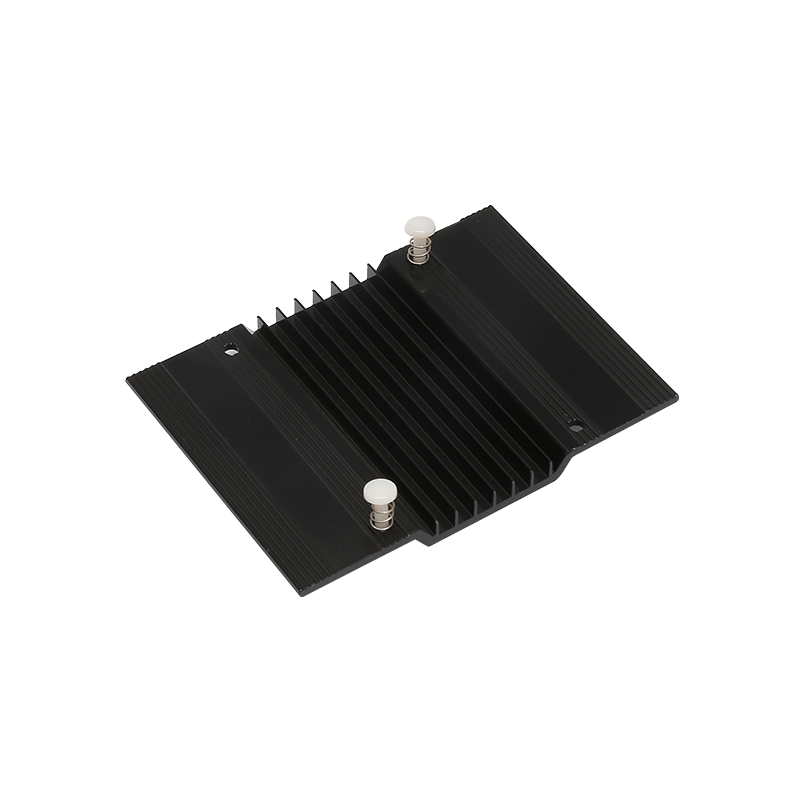2025-06-25
Precision in Design Begins at the Edges
When evaluating the safety and quality of an Aluminum Diamond Cut Logo, one crucial aspect is the treatment of its edges. These logos are often used in branding for electronics, automotive components, luxury packaging, and industrial equipment. While the diamond cutting process enhances the aesthetic appeal by producing a polished, reflective finish, it also creates sharp lines that, if left untreated, could pose a safety risk. Therefore, manufacturers typically pay special attention to the finishing stage to ensure the edges are not only visually appealing but also smooth and safe for users to handle.

Common Techniques for Edge Treatment
To make the edges of an Aluminum diamond-cut logo smooth, manufacturers often rely on several finishing techniques. These include fine sanding, deburring, tumbling, and in some cases, chemical polishing. Deburring is particularly common, as it removes micro-sharp fragments that may result from the cutting process. Sanding or buffing with specialized abrasive materials is also employed to round off the edges, reducing the likelihood of injury from contact. For logos that will be handled regularly, additional protective coatings may be applied to further enhance surface smoothness and edge safety.
Standards and Testing for Edge Safety
High-quality Aluminum diamond-cut logos typically undergo rigorous inspection before being delivered to clients. Quality assurance teams may use tactile inspection, microscopic analysis, or edge roughness testers to determine if the logo meets safety standards. In some industries, particularly automotive and consumer electronics, regulations may require that all logo components pass certain safety and usability benchmarks. These ensure that users, whether assembling the product or using it, are not exposed to cuts or abrasions caused by improperly treated logo edges.
The Role of Application in Edge Requirements
The intended application of the Aluminum Diamond Cut Logo can significantly influence how the edge is treated. For instance, logos used in car interiors or handheld devices demand a higher degree of edge smoothness compared to those affixed to machinery or outdoor signage. In high-touch environments, even slightly rough edges can become a liability or customer complaint. Conversely, logos used in places with minimal human contact may prioritize durability and adhesion over ultra-fine edge finishing, though safety remains a consideration.
User Perception and Brand Integrity
Beyond safety, the smoothness of an Aluminum diamond-cut logo’s edge can affect brand perception. A logo that feels sharp or uncomfortable to the touch may be perceived as poorly manufactured, even if the rest of the product is of high quality. In luxury and premium segments, tactile experience often plays a role in how consumers judge craftsmanship. Hence, a smooth, carefully polished edge not only protects users but also reinforces the brand's attention to detail and commitment to quality.
Conclusion: A Balance of Aesthetics and Function
In summary, the edge treatment of an Aluminum Diamond Cut Logo is more than just a finishing touch—it is a key factor in product safety, user comfort, and brand perception. Through precise manufacturing techniques and strict quality control, high-quality logos are produced with edges that are both smooth and safe. As long as reputable production standards are followed, the risk of encountering sharp or hazardous edges on such logos remains.